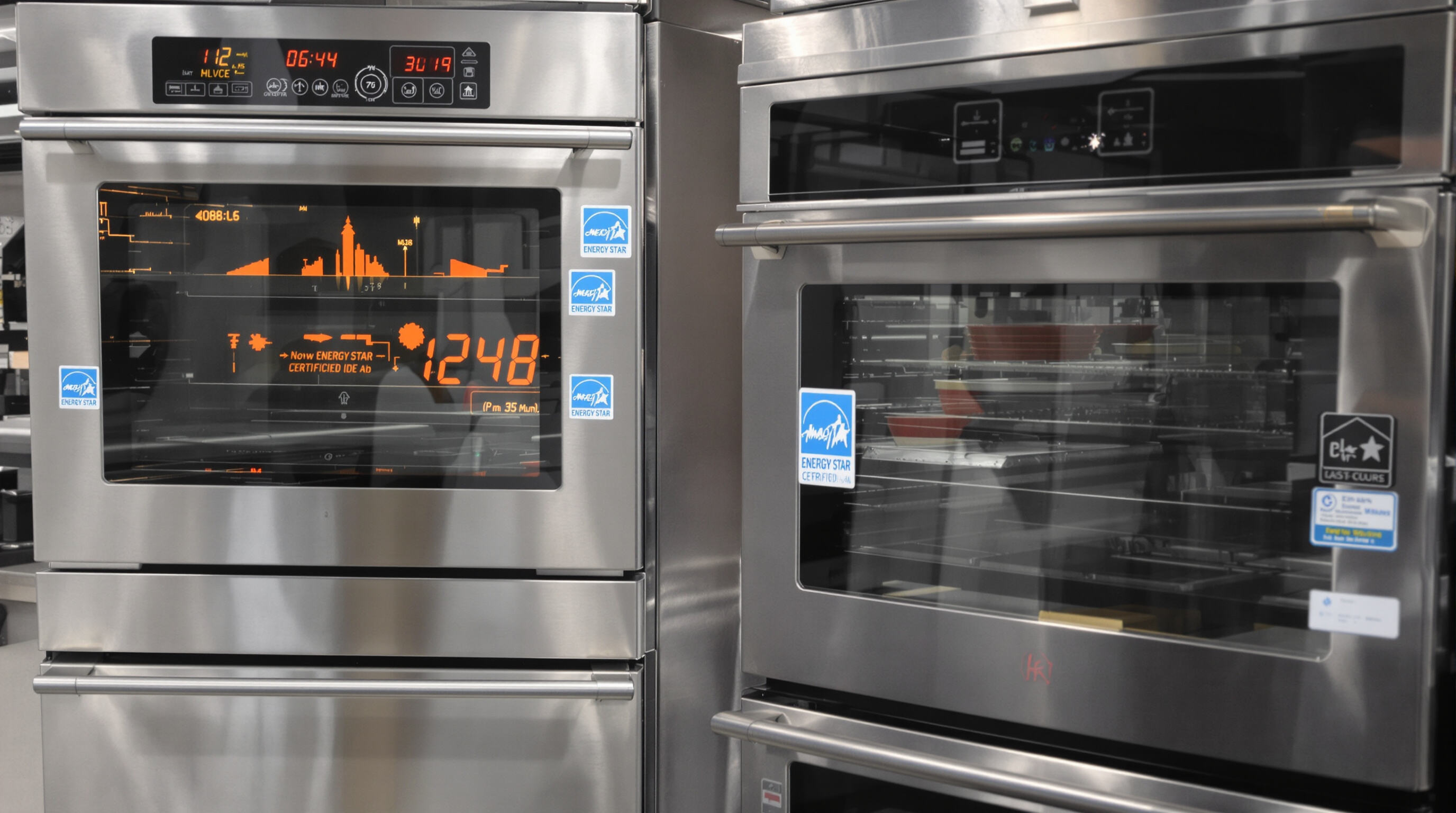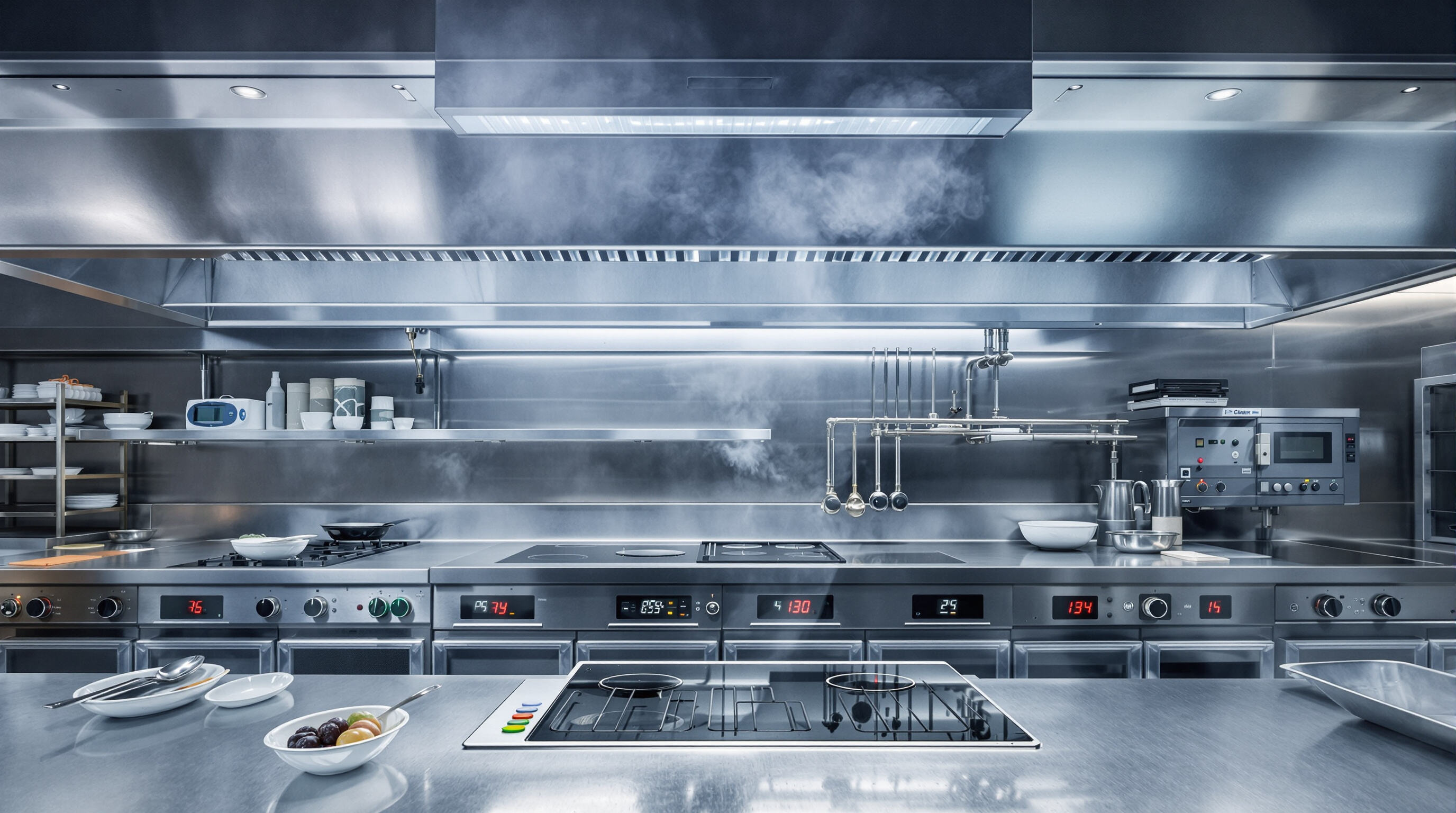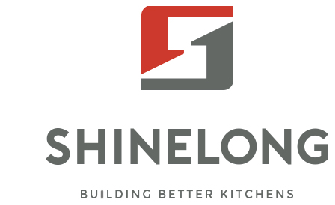News
Low-Emission Cooking Equipment Certifications Buyers Are Asking About in 2025
Why Low-Emission Cooking Equipment Is a Top Priority for Buyers in 2025
Growing Demand for Sustainable Cooking Equipment in Commercial Kitchens
Restaurants across the country are moving fast toward kitchen equipment that produces fewer emissions than traditional models. According to a recent survey from the National Restaurant Association in 2024, around two thirds of restaurant owners intend to switch out their old gear for energy saving alternatives within the next year or so. Money savings and greener operations are both pushing this change forward. These days, when chefs look at what they need to buy, high efficiency fryers sit right at the top of most wishlists alongside induction cooktops and modern convection ovens. Some restaurants have already seen their monthly electricity bills drop by as much as 40 percent after making these upgrades, which explains why so many operators are jumping on board despite the initial investment costs.
How Emission Reduction Supports Broader Sustainability and ESG Goals
Switching to low emission cooking gear really helps companies hit their ESG goals since it tackles those tricky Scope 1 and 2 emissions head on. When restaurants swap out their gas stoves for electric induction units, they're looking at cutting down around 1.3 metric tons of CO2 each year from just one piece of equipment. That kind of reduction definitely supports any net zero pledges businesses might have made. Plus there's something else going on here too. These new appliances produce fewer volatile organic compounds, which means better air quality in commercial kitchens. The difference matters because cleaner air translates to safer working conditions and studies show that kitchen staff miss work about 15% less often when exposed to lower levels of harmful chemicals. So it's not just about meeting environmental standards anymore, it actually makes good business sense for employee well being too.
Consumer and Regulatory Pressure Driving the Shift to Eco-Friendly Cooking Equipment
Three forces are accelerating adoption:
- Consumer preferences: 72% of diners prefer restaurants with third-party sustainability certifications.
- Municipal regulations: 14 U.S. cities now mandate low-NOx (nitrogen oxide) burners in commercial kitchens.
- Cost incentives: Federal tax credits now cover 30% of upgrade costs for ENERGY STAR-certified equipment.
Operators who delay this transition risk falling behind competitors in both compliance and customer loyalty.
Top Certification Standards Validating Low-Emission Cooking Equipment

Understanding Third-Party Certification for Environmental Claims
Third party certifications now play a key role in verifying low emission cooking equipment, helping ensure manufacturers actually hit those environmental standards they claim to meet. These aren't just marketing statements from companies themselves but require proper testing through programs such as ENERGY STAR or UL EC 440 which involve both lab work and actual field checks. For commercial ovens to get certified, they need to show real numbers improvements too about 20 to 40 percent less energy used plus lower nitrogen oxide emissions when compared against regular kitchen appliances. Getting this kind of outside validation makes it easier for restaurant owners and others looking to buy equipment without falling victim to false eco claims, especially important given all these new regulations coming into effect by 2025.
ENERGY STAR: Benchmark for Energy Efficiency and Emissions Performance
ENERGY STAR is still probably the biggest name when it comes to certifying energy efficient kitchen gear. Equipment that meets these standards can cut down power consumption quite dramatically too - around half less energy for ovens and about 30 percent reduction in griddle usage. The latest updates from 2025 have added requirements for continuous emission checks on gas appliances, which fills some old holes in how we measure particulates in the air. What started as mainly an energy saving initiative has grown into something else now though. The new rules actually line up with certain air quality regulations such as those found in California's Title 24 guidelines. This means businesses looking at compliance aren't just saving money on their electricity bills anymore but also meeting important environmental standards at the same time.
UL EC 440 and ECOLOGO: Certifying Indoor Air Quality and Low Emissions
These complementary standards address airborne contaminants often overlooked in commercial kitchens:
| Metric | UL EC 440 Threshold | ECOLOGO Requirement |
|---|---|---|
| NOx Emissions | ≤ 14 ng/J | 20% below industry median |
| Particulate Matter | ≤ 0.5 mg/m³ | Verified 3-year durability |
| VOC Off-Gassing | ≤ 50 µg/m³ | Material tracing required |
| UL EC 440 focuses on instantaneous emissions during peak operation, while ECOLOGO evaluates long-term material sustainability, creating a comprehensive profile for ventilation system planning. |
NSF International: Ensuring Safety, Efficiency, and Emission Control
The NSF foodservice equipment certification program has added new emission control requirements lately. For gas appliances, they need proper combustion analysis, and induction systems must optimize their electrical loads. The latest version of the ANSI/NSF 37 standard now includes mandatory leak tests for all natural gas connections plus carbon monoxide detectors in any enclosed cooking areas. What this does is bring together both safety standards and environmental concerns into one framework. Commercial kitchens can stay compliant with OSHA regulations while working toward those net-zero operation targets many businesses are setting these days. Restaurants across the country are finding ways to cut down on emissions without sacrificing kitchen performance.
How ENERGY STAR Is Shaping Buyer Decisions in 2025
Why Buyers Trust ENERGY STAR-Certified Cooking Equipment
More and more people buying kitchen gear are turning to ENERGY STAR labels when looking at commercial cooking equipment that's supposed to be green. According to recent studies, nearly nine out of ten folks working in hotels and restaurants know what the ENERGY STAR mark means, while over half actually put it at the top of their list because they need to follow those new sustainability rules coming into effect in 2025. The fact that independent groups check whether these appliances really save energy makes sense to most buyers since it confirms claims about how eco-friendly they truly are. Take this report from last year on commercial kitchens sustainability for instance. Restaurants using certified fryers saved roughly two thousand dollars each year on electricity bills compared to places still running older models without certification.
Proven Impact: ENERGY STAR Equipment Reduces Energy Use by Up to 50%
According to EPA findings, ENERGY STAR certified combi ovens and ranges actually consume between 42 to 50 percent less power compared to regular models. For a mid sized restaurant operation, this means saving around eighteen thousand dollars over ten years on electricity bills alone. We're seeing this pattern across the food service sector too. Restaurants that switch to certified appliances typically see their return on investment come much quicker, about 28% faster when factoring in those utility company rebates plus lower repair expenses down the road. Some real world testing happened recently at several school cafeterias where they replaced old ventilation systems with ENERGY STAR rated ventless hoods. The results were pretty impressive, cutting peak energy usage by nearly 37%. These kinds of improvements work just as well in smaller operations as they do in large scale facilities.
Limitations of ENERGY STAR in Measuring Real-World Emissions
ENERGY STAR does check off efficiency in lab tests, but many experts point out that these ratings miss what actually happens in real kitchens. Things like how staff operate equipment or differences in local fuel mixtures just aren't factored in. Take this recent study from Yale Public Health in 2024 looking at gas griddles with the ENERGY STAR label. They discovered these supposedly efficient appliances were putting out about 19 percent more nitrogen oxides when used day to day compared to those same lab numbers. This kind of discrepancy shows why we really need to combine standard certifications with actual monitoring of air quality right where the cooking happens. Especially important now as more places start cracking down on emissions with tougher fines and regulations.
Indoor Air Quality and Emission Control: Technology and Compliance

The Impact of Cooking Equipment on Indoor Air Quality
The type of cooking gear used in restaurants really affects what's floating around inside the air we breathe. Gas stoves and ovens let out stuff like nitrogen dioxide, carbon monoxide, and those tiny particles called PM2.5 that can get deep into our lungs. Some research points to commercial kitchens regularly going way over safe levels of nitrogen dioxide according to World Health Organization guidelines sometimes even triple what's considered acceptable. This creates real problems for both kitchen workers who spend all day there and customers enjoying their meals too. Getting good airflow systems installed and investing in newer equipment designed to cut down on emissions makes sense if restaurant owners want to protect everyone from breathing in harmful stuff.
Regulatory Trends: Stricter Emissions Standards for Gas-Powered Systems
Global regulators are tightening emissions rules for commercial kitchens, with mandates like California’s Title 24 requiring 80% reductions in nitrogen oxide (NOx) by 2025. Updated ASHRAE Standard 62.1 now enforces real-time IAQ monitoring in high-occupancy spaces. These standards are driving the replacement of conventional gas systems with certified low-emission alternatives.
Innovations in Low-NOx Burners, Catalytic Converters, and Electric Alternatives
Manufacturers are deploying advanced technologies to meet compliance demands:
- Ultra-low-NOx burners (≤10 ppm emissions) with precision air-fuel mixing
- Catalytic converters that reduce CO output by 90% in exhaust streams
- Electric induction systems, projected to comprise 45% of new installations by 2025
The IAQ solutions market is projected to grow by $13.9 billion through 2029 as operators adopt these innovations to align with regulatory and sustainability goals.
The Business Value of Certification: Compliance, Marketing, and Long-Term Savings
Meeting 2025 Government Regulations Like California’s Title 24
Low emission cooking gear certified by authorities makes it much easier for restaurants to follow stricter rules, especially those set out in California's Title 24 standards which demand commercial kitchens cut down on greenhouse gases by 40 percent before 2025 rolls around. Getting the ENERGY STAR or UL EC 440 labels means businesses don't have to worry about costly retrofits later on, plus they avoid hefty fines that can reach around $740,000 according to research from Ponemon in 2023. Restaurants that jump on board early are actually ahead of the game when it comes to upcoming national requirements that most experts predict will start kicking in after 2025.
Marketing Sustainability: Building Brand Trust with Certified Equipment
Certifications provide verifiable proof of environmental claims, a critical differentiator as 73% of commercial buyers prioritize suppliers with independently validated sustainability credentials (Nielsen 2024). ENERGY STAR-certified cooking equipment is linked to 12–18% higher customer retention rates in foodservice chains, as brands advertise emission reductions to eco-conscious patrons.
Avoiding Greenwashing: Aligning Certifications with Genuine Eco-Friendly Practices
Leading certifications now require manufacturers to disclose full lifecycle emissions (Scope 1–3) and annual third-party audits. This prevents superficial compliance, such as optimizing lab-tested performance while ignoring real-world energy use. Certifications like NSF International’s Protocol P457 mandate 20% emission reductions across production, usage, and disposal phases, ensuring holistic environmental accountability.
Frequently Asked Questions
Why is low-emission cooking equipment crucial for restaurants in 2025?
Low-emission cooking equipment is vital for restaurants as it helps reduce emissions, supports ESG goals, ensures compliance with regulations, and improves indoor air quality, ultimately saving costs and protecting health.
How do certifications like ENERGY STAR impact buyer decisions?
Certifications like ENERGY STAR assure buyers of the energy efficiency and environmental benefits of cooking equipment, influencing buyer decisions by validating claims and promoting trust.
What are the benefits of switching to energy-efficient cooking appliances?
Benefits include significant cost savings on energy bills, compliance with regulations, improved indoor air quality, increased employee well-being, and enhanced customer loyalty.
How do new regulations affect commercial kitchens' operations?
New regulations require substantial emission reductions, driving the shift to certified low-emission cooking equipment to avoid fines, retrofits, and comply with sustainability standards.
 After-Sales:
After-Sales:
 EN
EN
 AR
AR
 HR
HR
 NL
NL
 FI
FI
 FR
FR
 DE
DE
 EL
EL
 HI
HI
 IT
IT
 PT
PT
 RO
RO
 RU
RU
 ES
ES
 TL
TL
 ID
ID
 SL
SL
 VI
VI
 ET
ET
 MT
MT
 TH
TH
 FA
FA
 AF
AF
 MS
MS
 IS
IS
 MK
MK
 HY
HY
 AZ
AZ
 KA
KA
 UR
UR
 BN
BN
 BS
BS
 KM
KM
 LO
LO
 LA
LA
 MN
MN
 NE
NE
 MY
MY
 UZ
UZ
 KU
KU









